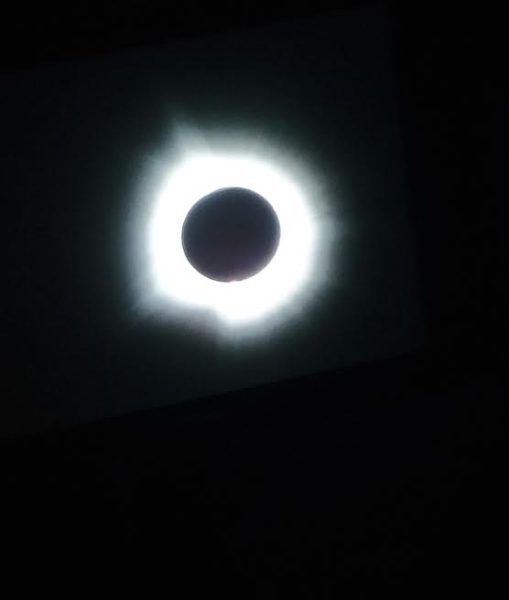How The First Image of A Black Hole Finally Emerged
This week, the first ever picture of a real black hole was released. The image comes to us from an incredibly sophisticated scientific collaboration called the “Event Horizon Telescope,” which involves 200 scientists in 20 countries who have been working together for nearly a decade.
In the image that has been roaming the internet, it seems you are looking at a red ring, but that is not quite right. The middle of this hole looks completely black, but it is actually a shadow, or an exit portal from our observable universe. The black hole looks black due to a region where the fabric of space and time itself has collapsed in on itself. This single point has such a strong gravitational pull, that as light approaches it, there is a region beyond which nothing can escape its grasp. This region is called the event horizon.
A big question is why have we never had a picture of a black hole before, well that is because even with this picture you aren’t actually seeing the black hole itself. Well, you are seeing a black hole, but in all reality you would be seeing a blob, but the telescopes used for the Event Horizon effort were radio telescopes. Meaning that what we are actually “seeing” is radio frequencies on the electromagnetic spectrum. The EHT used eight radio telescopes from all around the world to capture this image. Knowing this, that means that a few things had to go right in order for this picture to come together. Some radiation had to be emanating from the outside of the black hole and it had to also reach Earth without being knocked off course by a celestial object.
Black holes are very strange things that exist in our universe, and they push our understanding of the universe to the extreme. Knowing that we can finally get pictures of black holes, hopefully we will be able to see more. And as technology advances, maybe we will be able to see more clear pictures. With more images, we will be able to better understand the black holes and how theories of gravity work in these types of extreme conditions.

Hey guys! I’m Thalia Gonzalez. This is my third year writing for the SPUD and my first year as Co-Editor-in-Chief! I am the only child of Tony Gonzalez,...











